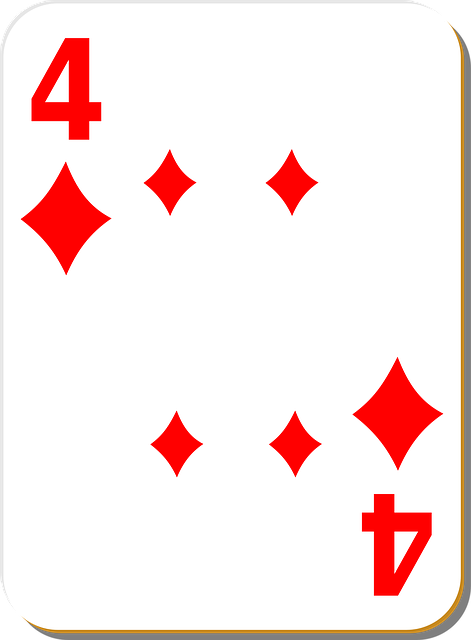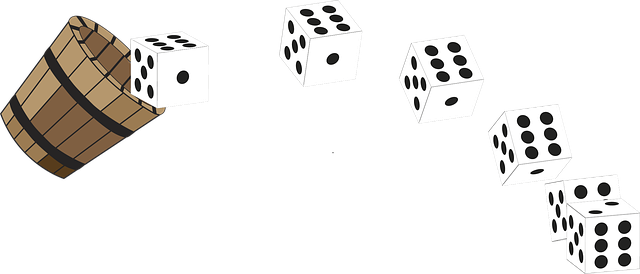Betting odds, mathematical representations of event likelihood, are crucial for bettors and oddsmakers. Expressed as ratios or fractions, they indicate potential payoff relative to the stake, helping users manage risk and reward. This article breaks down three primary odds formats—decimal, fractional, and American—offering insights into event probability and gains, enabling informed decisions and strategic betting.
Unravel the mystery behind betting odds! This comprehensive guide offers a clear explanation of what betting odds are, how they’re calculated, and the various types you’ll encounter. Whether you’re a seasoned bettor or just starting, understanding odds is crucial for making informed decisions. Learn about decimal, fractional, and American odds formats, and gain insights that empower your bets. By the end, you’ll be navigating the world of sports betting with newfound confidence.
- What Are Betting Odds?
- How Are Betting Odds Calculated?
- Understanding Different Types of Betting Odds
What Are Betting Odds?

Betting odds, a fundamental concept in the world of sports betting and gambling, represent the mathematical likelihood or probability of an event occurring. They serve as a crucial tool for both bettors and bookmakers, offering insights into the potential outcome of various wagers. By understanding betting odds, you gain a competitive edge, enabling informed decision-making when placing bets.
In simple terms, betting odds are expressed as a ratio or fraction that indicates the potential payoff relative to the stake placed on a specific bet. For instance, if you bet on an event with odds of 2/1 (or 3.0 in decimal form), it means for every unit stake, you stand to gain two units in return should your prediction prove correct. This concept is essential in balancing risk and reward, allowing bettors to assess the attractiveness of different betting opportunities.
How Are Betting Odds Calculated?

Betting odds, a fundamental concept in the world of gambling and sport, represent the likelihood or probability of a particular event occurring. They are calculated using complex formulas that consider various factors, including historical data, statistical analysis, and public perception. The process involves assessing the strength of each contender or outcome and assigning a value to reflect this assessment.
For example, if a football match is approaching, oddsmakers will examine teams’ recent performances, head-to-head records, player injuries, and even weather conditions. By aggregating and analyzing these data points, they can determine the probability of each team winning. This information is then translated into betting odds, with one team might be favored with shorter odds, indicating a higher likelihood of victory, while the other team would have longer odds, suggesting a lower chance.
Understanding Different Types of Betting Odds

When it comes to understanding betting odds, things can seem daunting at first. However, grasping even a basic knowledge of different types of odds is crucial for any sports bettor looking to enhance their strategy and maximize potential wins. The three primary formats are decimal (also known as European), fractional (used predominantly in the UK), and American (or moneyline). Decimal odds provide the simplest representation, offering a straightforward number that represents the probability of an event occurring – the higher the number, the more likely it is to happen.
Fractional odds, on the other hand, express a ratio of the potential gain to the stake, with ‘fractions’ indicating the profit margin for each unit bet. American odds, represented by positive and negative numbers, take into account both the potential win and the risk – positive figures denote an underdog while negative values represent a favorite. By familiarizing yourself with these formats, you can easily convert odds between different structures, gaining a competitive edge when comparing bets across various bookmakers.
Understanding betting odds is the first step towards becoming a savvy gambler. By grasping what they represent and how they’re calculated, you can make more informed decisions and maximize your potential wins. Whether you prefer decimal, fraction, or American odds, recognizing their unique strengths allows for strategic wagering. So, whether you’re placing a bet on sports, horse racing, or any other event, remember that knowing your odds is key to navigating the world of gambling with confidence.






